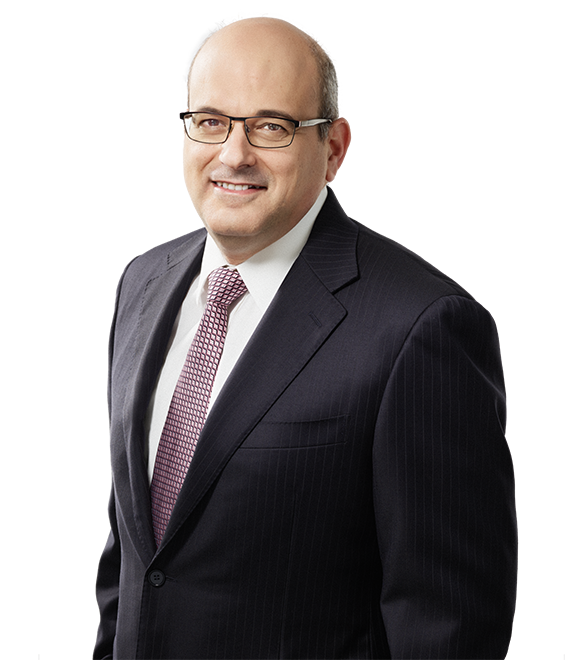Continuation Funds: Key Considerations
Continuation funds, commonly referred to as General Partner (GP)-led secondaries or restructurings, have long divided sponsor and investor opinion. While a leading European pension fund investor recently described them as part of a broader industry “pyramid scheme,” others view them positively, as providing a “win-win outcome” to all parties involved.
These types of transactions have become increasingly popular in the U.S. and European markets, but are still relatively new to Canada. In 2021, Davies acted for Novacap Management Inc., a leading North American private equity firm, in the creation of the first known major private equity continuation vehicle in Canada.
As the use of continuation funds and similar structures continues to mature and develop, it is worth considering what they are, why they are used, key considerations for sponsors and investors, and how they fit into the Canadian private equity ecosystem at a time of ongoing economic uncertainty.
What Is a Continuation Fund?
In its simplest form, a continuation fund transaction typically involves a sponsor setting up a new fund vehicle to purchase one or more assets from an existing fund. The existing fund is managed by the same sponsor.
In addition to capital commitments from new investors, existing investors are usually given the opportunity to “roll over” their interest in the underlying investment(s) into the continuation fund. There is often a requirement to make additional commitments to fund follow-on capital as well as ongoing expenses.
The terms of a continuation fund often differ from those of a typical blind-pool fund.
- Management fees are often lower, or not charged at all (reflecting the mature nature of the asset).
- A fund is often combined with a higher or tiered carried interest rate (with more concentrated risk comes higher reward).
- The lifespan is typically shorter.
- The full range of investor protections may not be involved (e.g., GP removal or key person).
What’s the Appeal?
For sponsors, the continuation fund allows for continued management of strong assets that are not yet at full exit potential or would otherwise benefit from a longer holding period than the traditional private equity model allows for. This has been particularly relevant for funds in the infrastructure and real asset space, where it may not be advantageous to sell a well-performing asset within the traditional 10-year fund life. It has also allowed sponsors to “reset” an asset’s realization horizon with fresh capital and enhanced strategic focus.
For investors, continuation funds have provided an attractive liquidity solution in the context of ever-lengthening fund terms and ongoing market volatility. A focused investor base may be able to negotiate changes to the key terms of the continuation fund. These changes would be more difficult to achieve in a typical fund.
Forming a Continuation Fund
There are several considerations for sponsors and investors in the formation of a continuation fund, including complex tax and structuring concerns that must be considered on a case-by-case basis.
The most fundamental issue is managing the sponsor’s inherent conflict of interest in acting as both the “buyer” (continuation fund) and the “seller” (existing fund). Two of the key elements in managing this conflict are (i) valuation and (ii) transparency.
- On valuation, there are a number of ways for sponsors to show all parties that “the price is right.” One way is to obtain a report from an independent valuation expert and/or a fairness opinion. Sponsors may also be able to demonstrate market fairness through demonstration of a prior sale process or otherwise show what an arm’s length purchaser would pay in the market.
- On transparency, equality of information between “buyers” (i.e., new investors) and “sellers” (i.e., existing investors) must be ensured. A new investor in the continuation fund may view the underlying asset differently, and may ask for much more detailed information on the relevant asset(s) than existing investors have received as part of the general fund reporting package. Sponsors should ensure that all investors, whether new or existing, cashing out or rolling over, have transparency on all aspects of the proposed transaction.
A new investor in the continuation fund may view the underlying asset differently, and may ask for much more detailed information on the relevant asset(s) than existing investors have received as part of the general fund reporting package.
What’s Next for Continuation Funds?
Continuation funds continue to divide opinion. Like almost all private fundraising, the formation of these funds has dipped from the highs seen in 2021. What cannot be denied is their growing importance and prevalence in the private equity industry as a whole.
As valuations retreat, and at a time when traditional exit strategies remain uncertain and restricted, the stability and certainty provided by well-managed continuation fund transactions is likely to remain attractive, for Canadians and non-Canadians alike.



